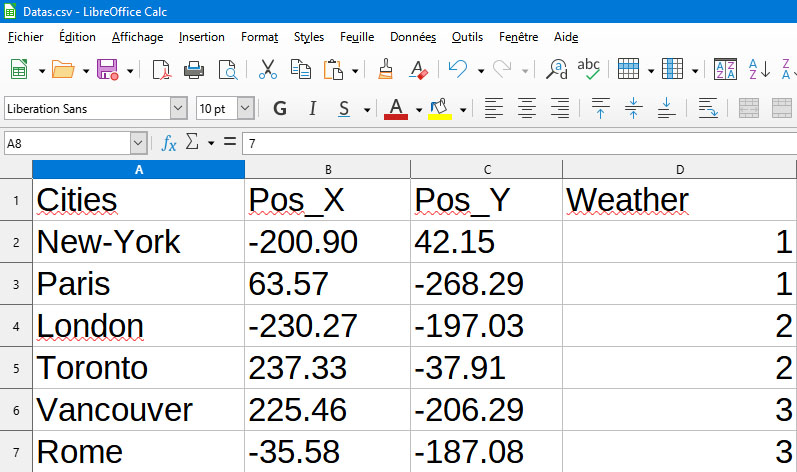Overview
Separating creative and editorial work
When creating a graphics project, designers are sometimes also responsible for content conformity, such as the name of a speaker in the lower-third, a movie title, or a percentage to display next to a vertical bar.
In many cases, these elements are manually entered by the designer in layers containing text or numerical values. This process leads to two big problems:
- A typo can happen quite often, especially when working in a hurry.
- If any of these elements need to be modified or updated, only the designer has the skills to open the project in the software and change its content.
Since the focus here is solely on the editorial aspect, which is often the responsibility of another person, there is no particular added value to having this done by a designer. In addition, the information to be provided in the project often exists elsewhere. For better optimization and task distribution, connecting data to the project rather than duplicating it would be a better approach.
Autograph allows you to connect external data to parameters, in order to be able to separate the content from the design. The data can therefore be updated externally without having any knowledge of the software, thus, releasing the designer from this constant verification so they can concentrate on the creative work.
Currently, Autograph is able to connect to CSV files, which is an extremely common file format. The support of other types of files and databases such as Excel or SQL files, are currently being studied for future releases.
There is a common thread between all of these file types. They all represent tables that consist of columns and rows.
